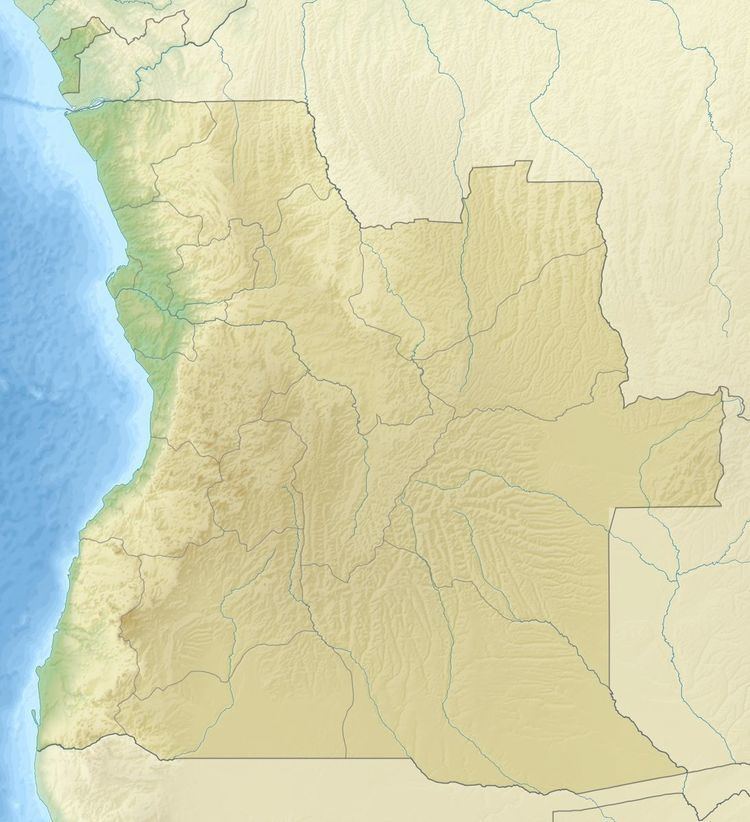Nearest city Lubango Area 7,900 km² | Address Angola Established 1964 | |
 | ||
Similar Cameia National Park, Cangandala National Park, Iona National Park, Quiçama National Park, Mupa National Park | ||
Bicauri national park is a beautiful national park in angola
Bicauri National Park (Portuguese: Parque Nacional do Bicuar; also called Bicuar National Park or Bikuar/Huila National Park) is a national park in Angola. It is located in the south-west region of the country on the Huila Plateau, about 120 km SE of Lubango. The park is an area of sandy hills and shrub thicket character. The climate is tropical semi-arid. Bicuar was established as a hunting reserve in 1938, and reformed as a national park in 1964. Historically known for its large mammals, such as the Black Buffalo, the park suffered heavily in the Angolan Civil War (1975-2002). During this time the animals were mostly or entirely exterminated, but the Angolan Government is now undertaking efforts to rebuild the infrastructure and resettle the animals.
Contents
Natural features
The park is bordered on the East by the Cunene River, one of the few perennial rivers in the region. The dominant vegetation is described as Angolan Miombo Woodlands and Angolan Mopane Woodlands, an area of savanna and woodlands on the plateau East of the coastal hills. Portions of the park are seasonally wet or wetland swamps and dambo grasslands.
The Bicuar stands at the northern end of a distinct ecoregion known as the Angolan Mopane Woodland. The area is known for high species richness, variable rainfall, and the importance of mopane trees to the animals and people of the region.
The climate of Bicuari is described under the Köppen climate classification system as Temperate highland tropical climate with dry winters (Cwb), and the warmest months temperatures averaging below 22 degC. Average rainfall is 600-800mm/year.
Animal life
The area has historically been known for large herds of common antelopes, elephants, and other large mammals. All species populations are believed to have be severely reduced the war (the park was reportedly used as a practice artillery range), poaching, and human encroachment. Since cessation of hostilities, work has begun by the Huila provincial government to rebuild the infrastructure of the park to attract and protect animals.
As of 2013, it has been reported that some of the large mammals are returning to Bicuar. The park administrator noted that \"We are happy with the return of herds of elephants into the municipalities of Quipungo, Matala and Gambos, as the animals are recognising their habitat and are reproducing inside the park.\". Besides elephants, the park also reportedly supports antelopes, elands, gnus and zebras.
